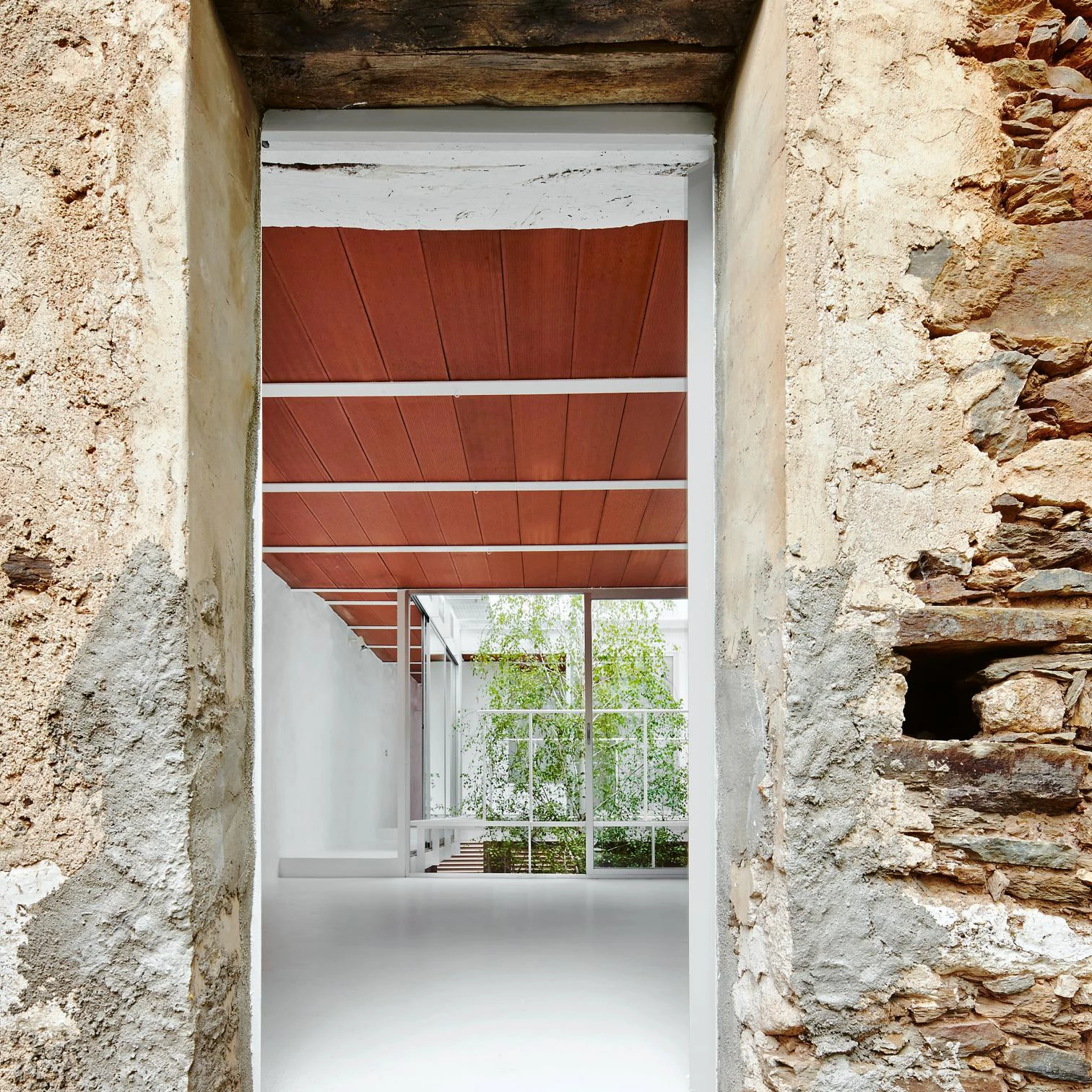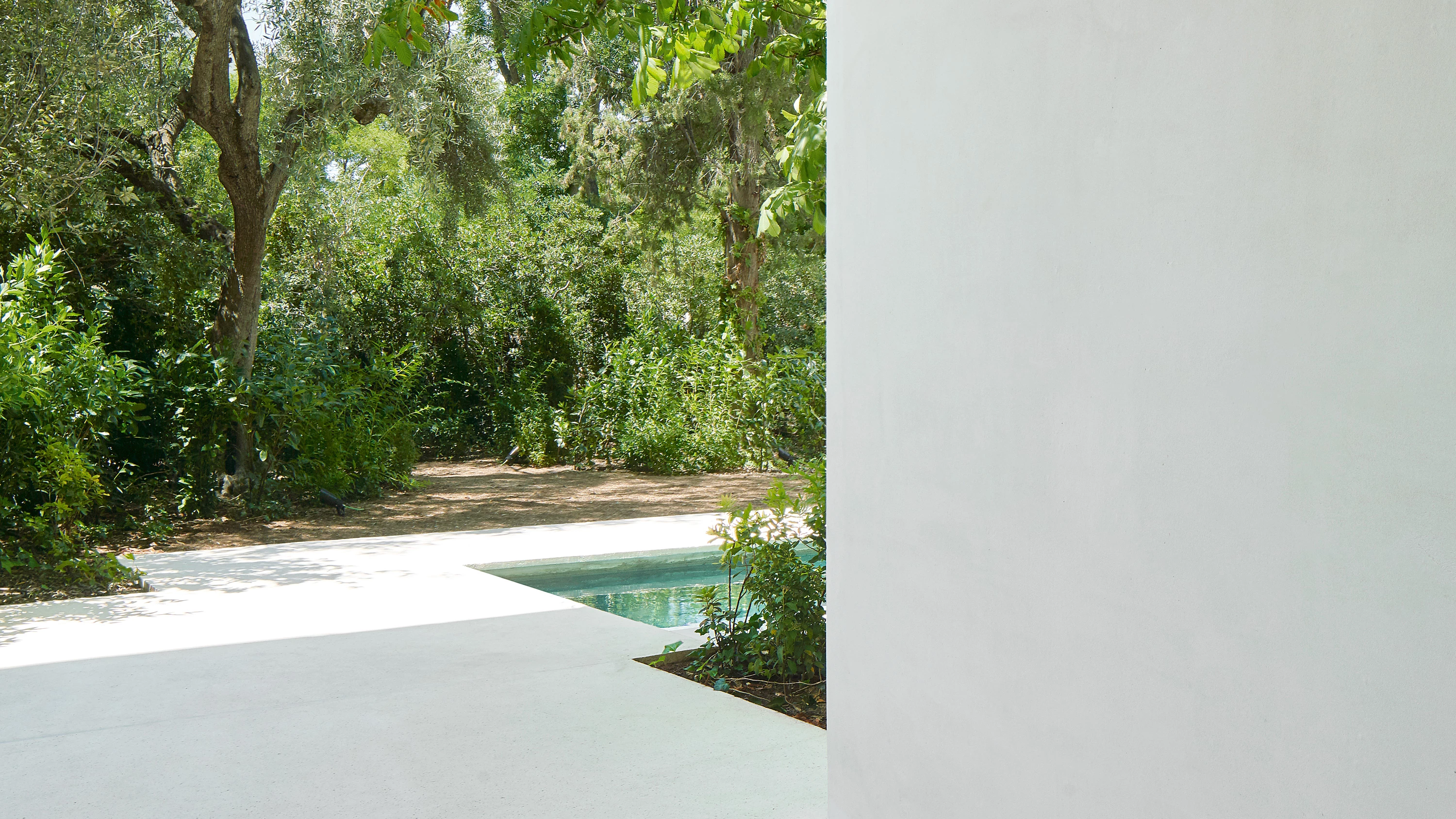
Arquitectura G, Luz House in Madrid
I do not quite understand the varied and vibrant work of Arquitectura-G, but that matters little, because we have loves in common. To start, Bernard Rudofsky, an Austrian New Yorker who taught us how to see the architecture without architects of vernacular construction, and Lina Bo Bardi, a Brazilian Italian who made modernity engage in dialogue with popular culture. The Spartan sensuality of Rudofsky is present in many of their houses, refurbishments of rigorous nakedness that also suggest a promise of happiness; and the atmospheric brutalism of Bo Bardi can be found in bold interventions that do not exclude the creation of spaces filled with aerial lightness, summed up well perhaps in the image of our cover. So it is hard to grasp the processes behind decisions, and yet this does not keep me from recognizing the flashes of truth that light their way.
I do not find it easy, it is true, to apply analytical categories to a disperse and dazzling production, and yet it helps to convene our common liaisons. Here I must mention Fernando Higueras, a Spaniard from Madrid who poured his polyphonic talent in a variety of disciplines, and Álvaro Siza, a Portuguese from Porto who is as noteworthy a draftsman and a sculptor as an architect. The baroque hedonism of Higueras inspires or inhabits an endless count of domestic interiors, whose motley nature is compatible with the invocation of the good life; and the mannerist minimalism of Siza is abbreviated or rekindled in installations that through the use of linguistic codes of orthodox modernity also provoke us with unexpected articulation or unusual syntax. So, once again, analytical difficulty does not get in the way of recognition, and the built oeuvre shines with the light of reason.
I do not know well where to place the career of Arquitectura-G, even though their Barcelona base suggests exploring Catalan roots, and it is true that among the figures that we both admire are Ricardo Bofill, a universal Catalan who, after embodying the spirit of ’68, managed to build classicist complexes that merged Versailles with social housing, and Oscar Tusquets, an architect more from Barcelona than Catalonia whose designs and texts have earned greater popularity than his buildings. The creative charisma of Bofill can be found in the experimental calling of each project, from the most modest renovations of homes or shops; and the epicurean design of Tusquets is expressed in the festive approximation to interiors or objects. So, lastly, my difficulties at interpreting the itinerary of the studio are dissolved in this collection of loves in common, and in my memory only the trace of beauty remains.

Arquitectura G, Luz House in Cilleros






